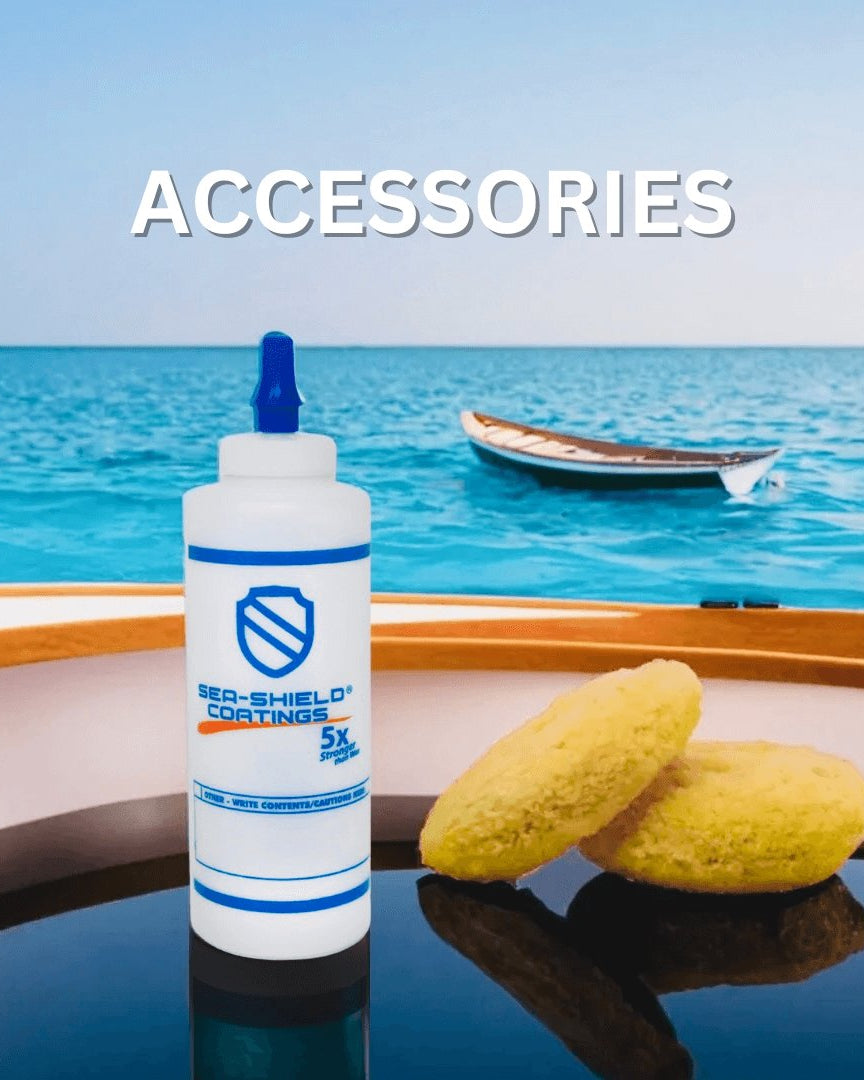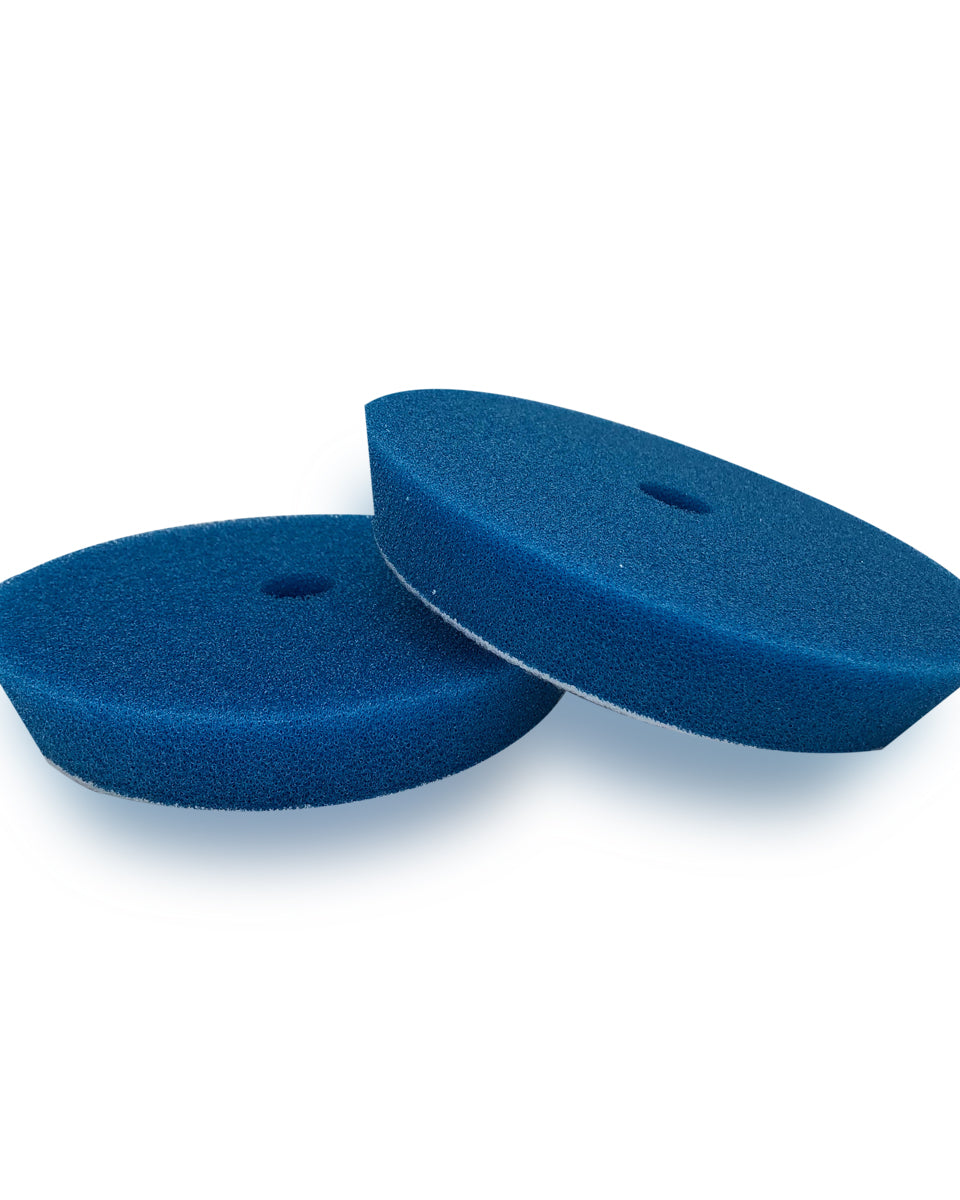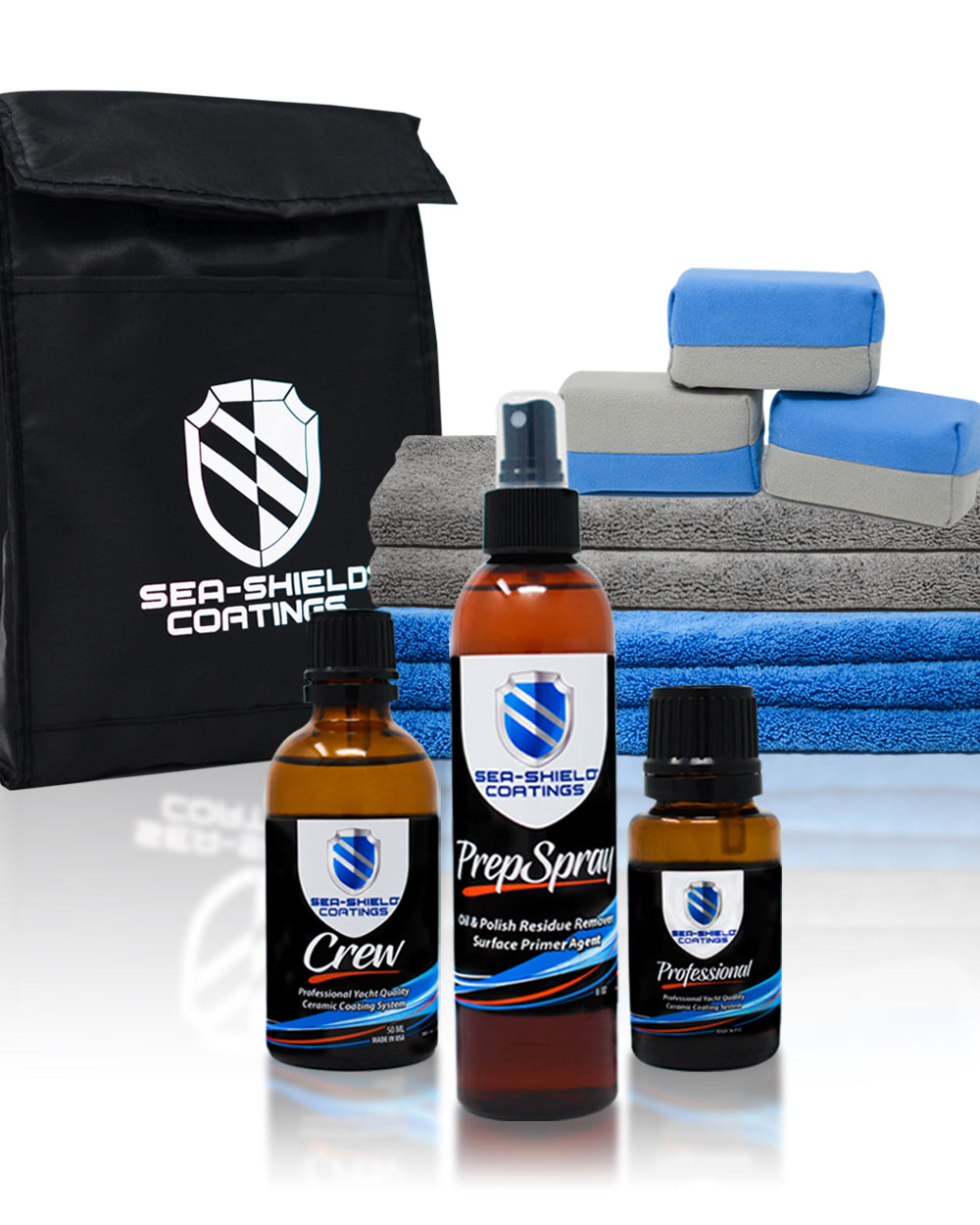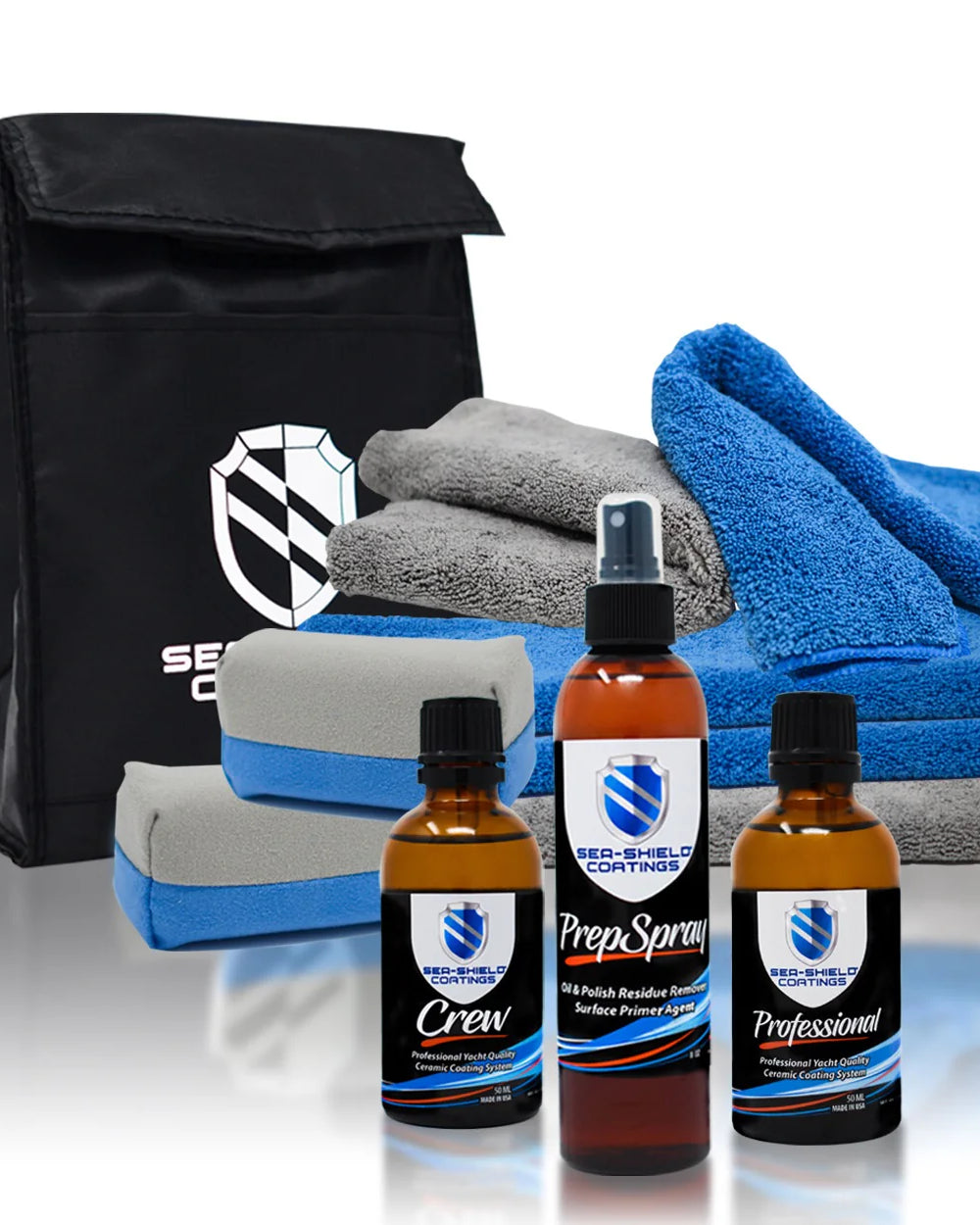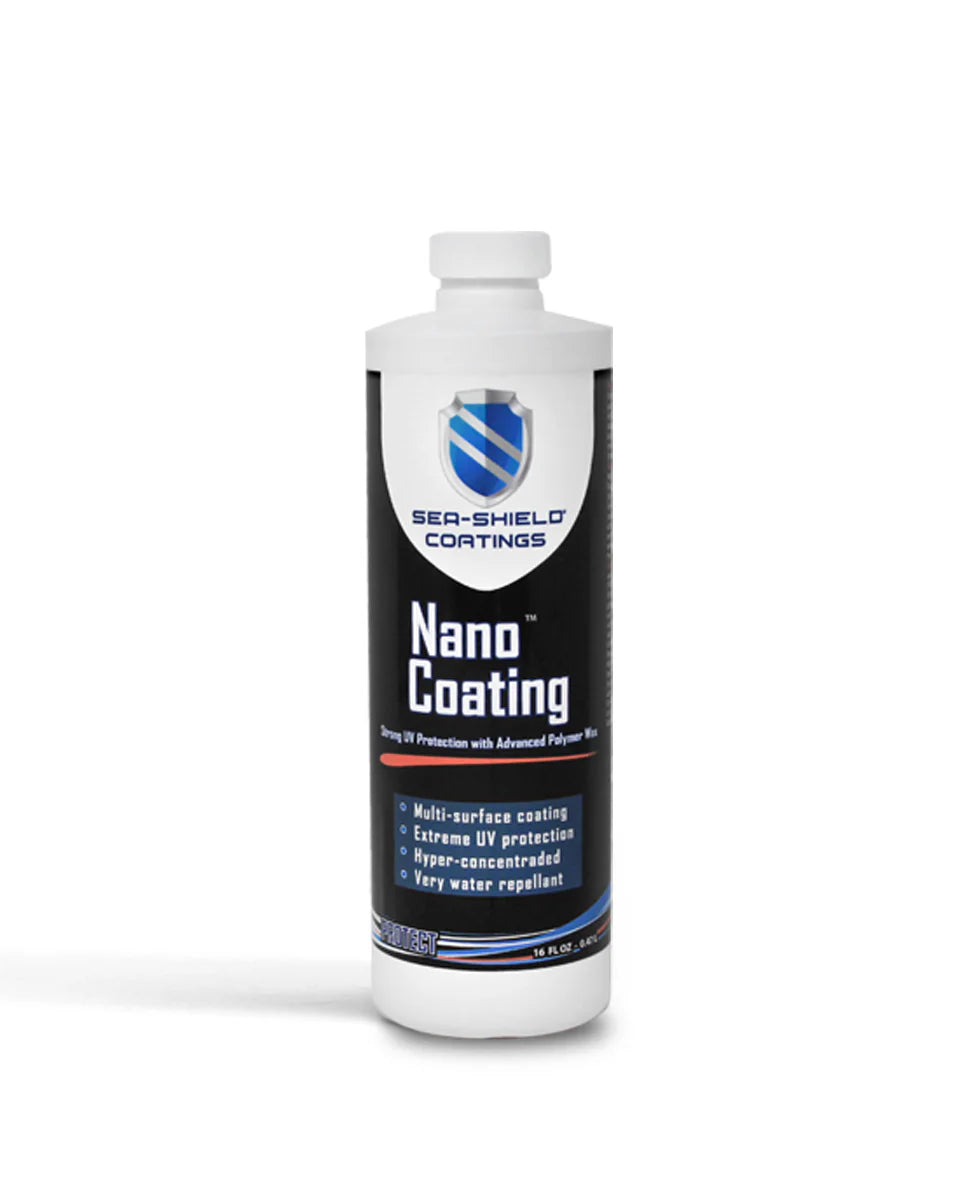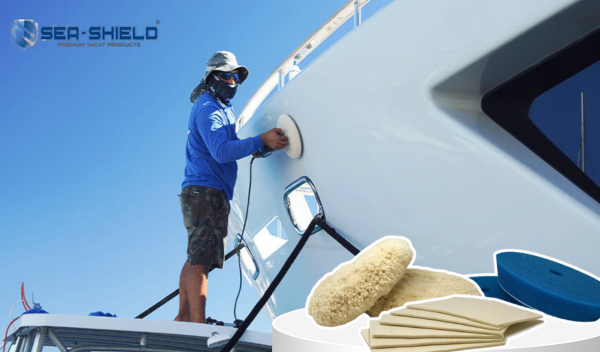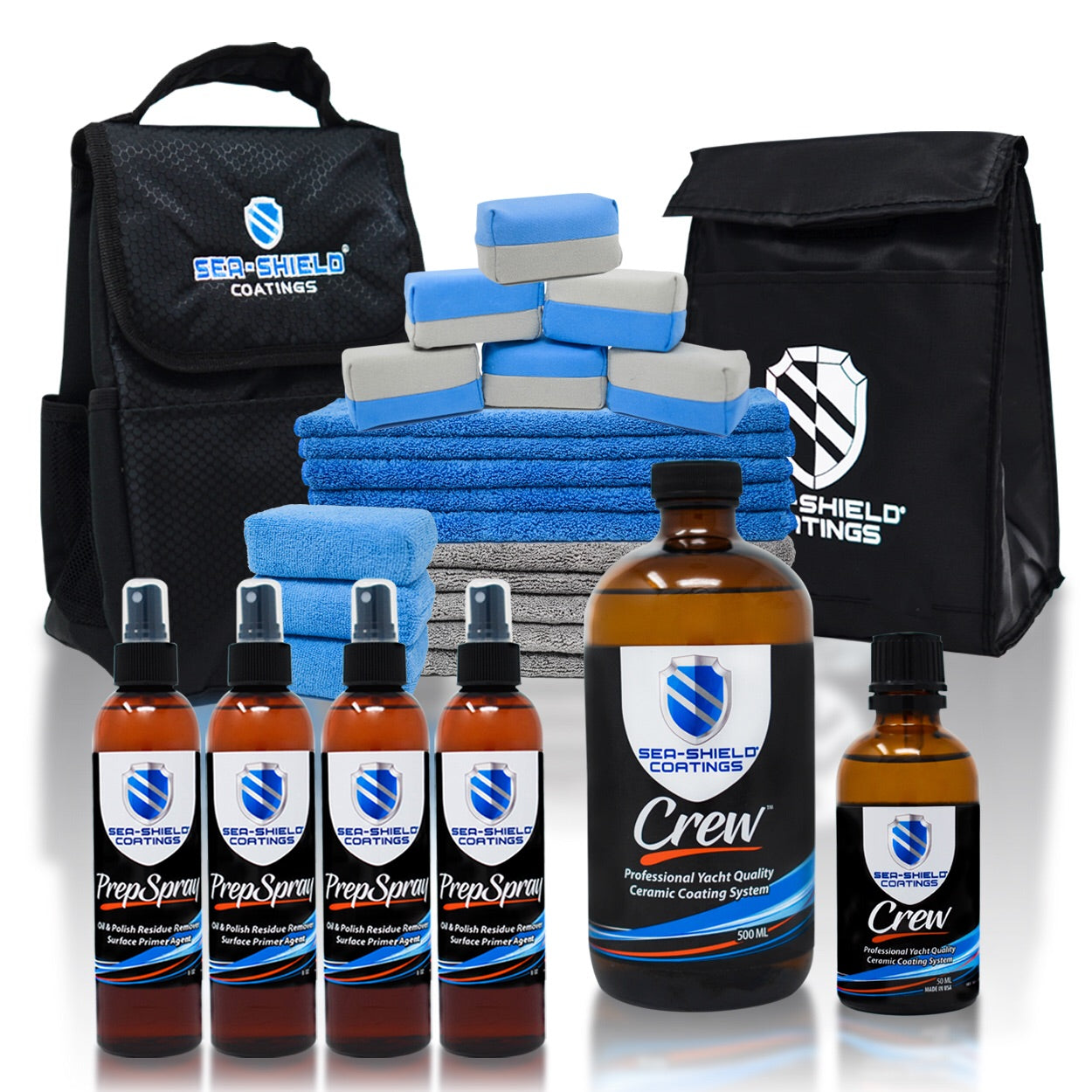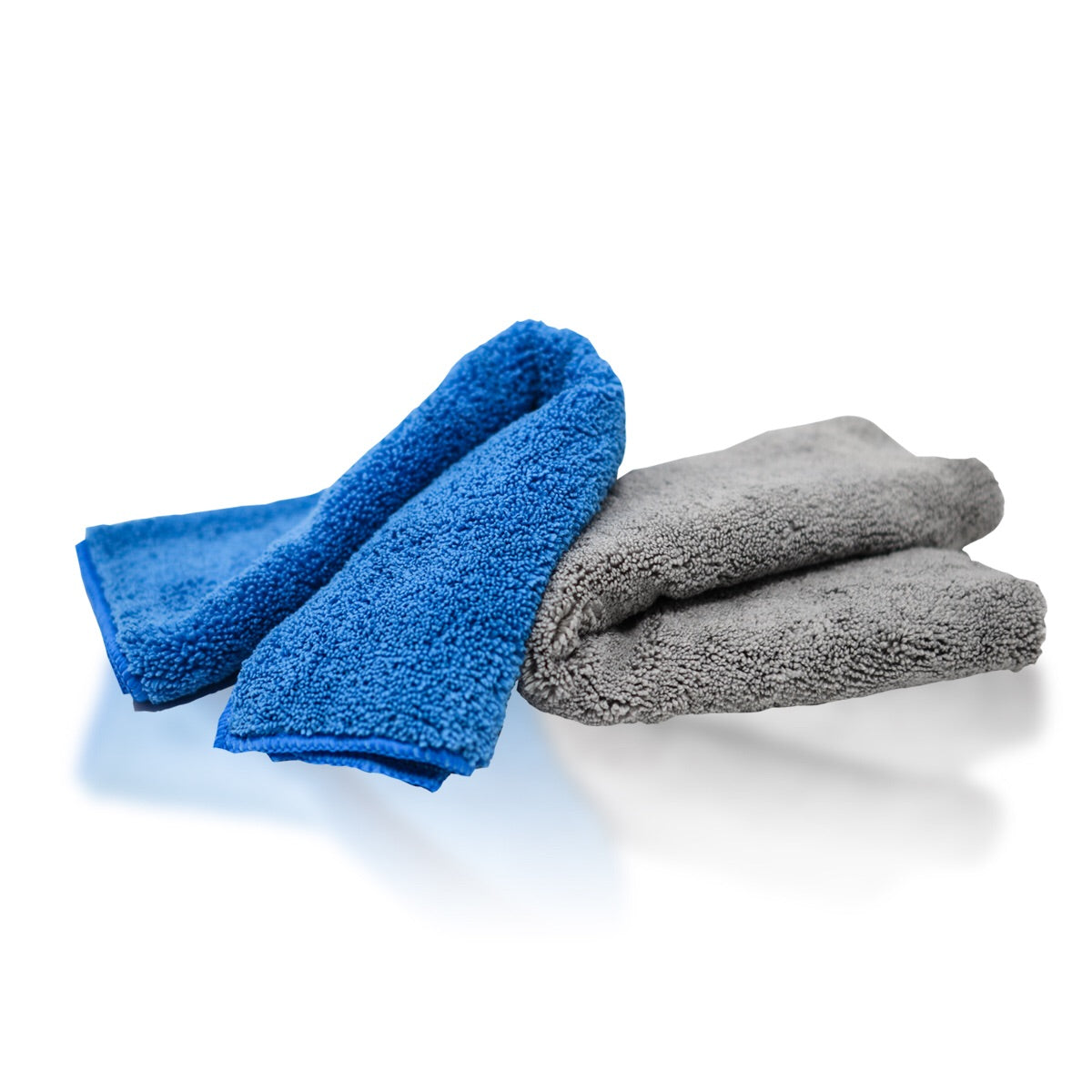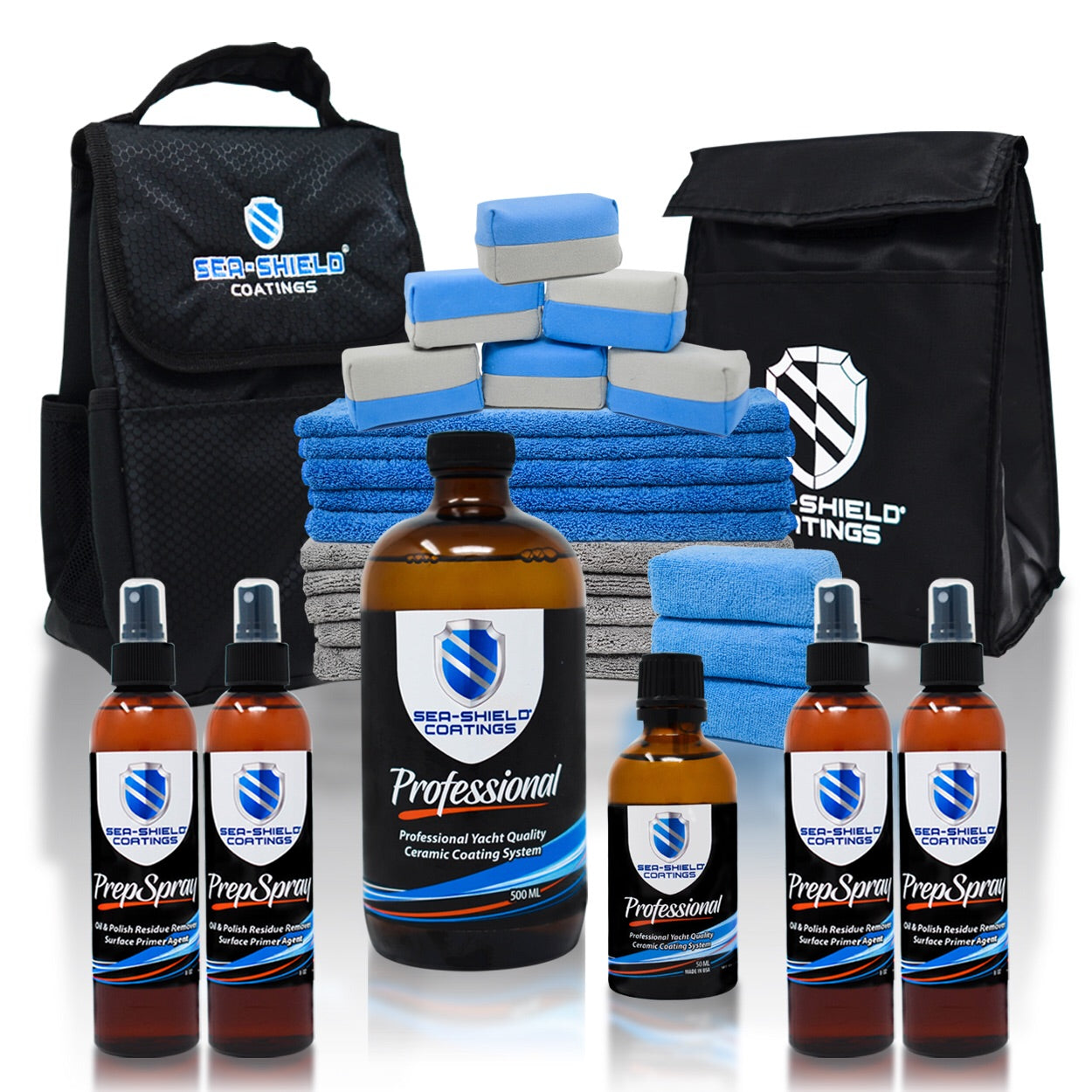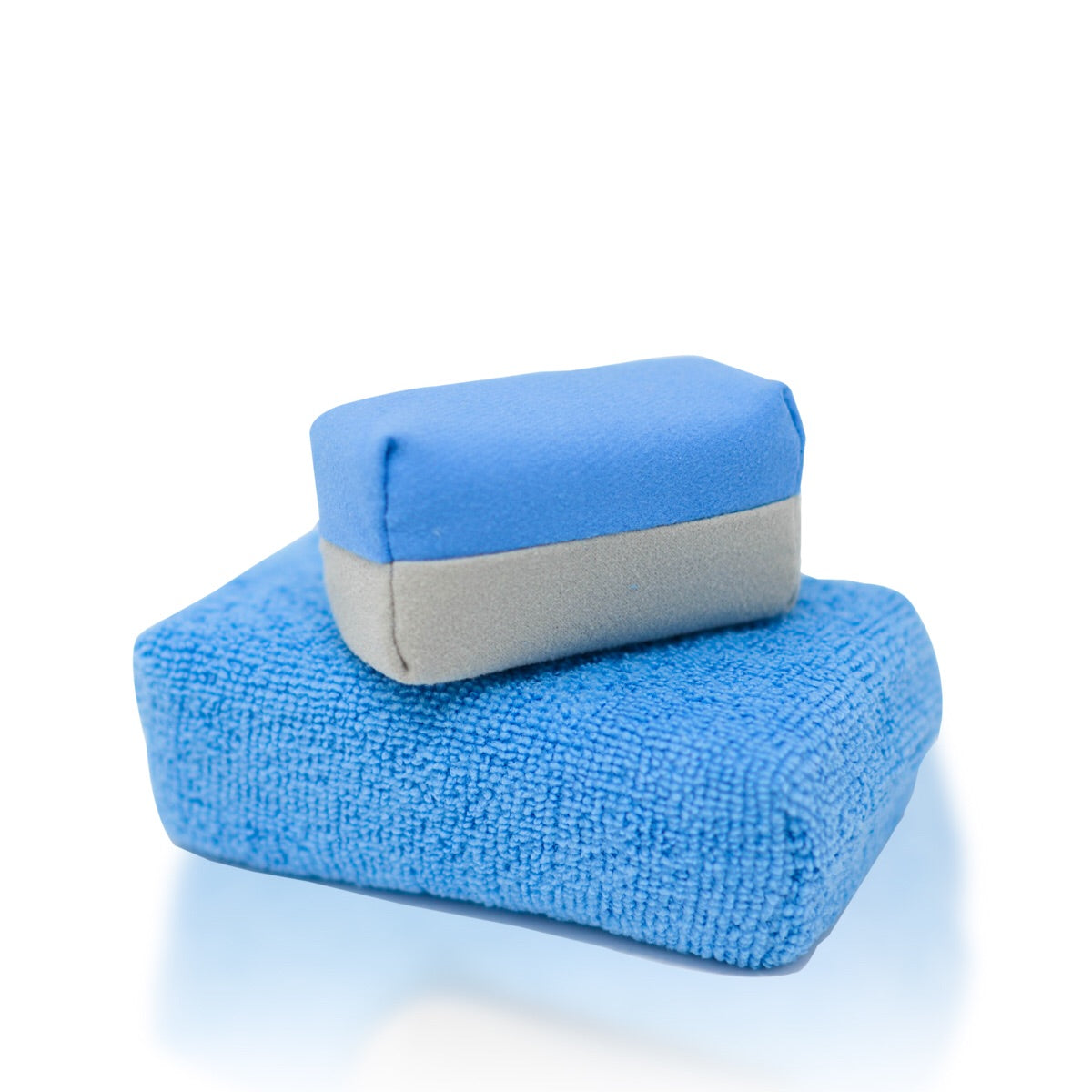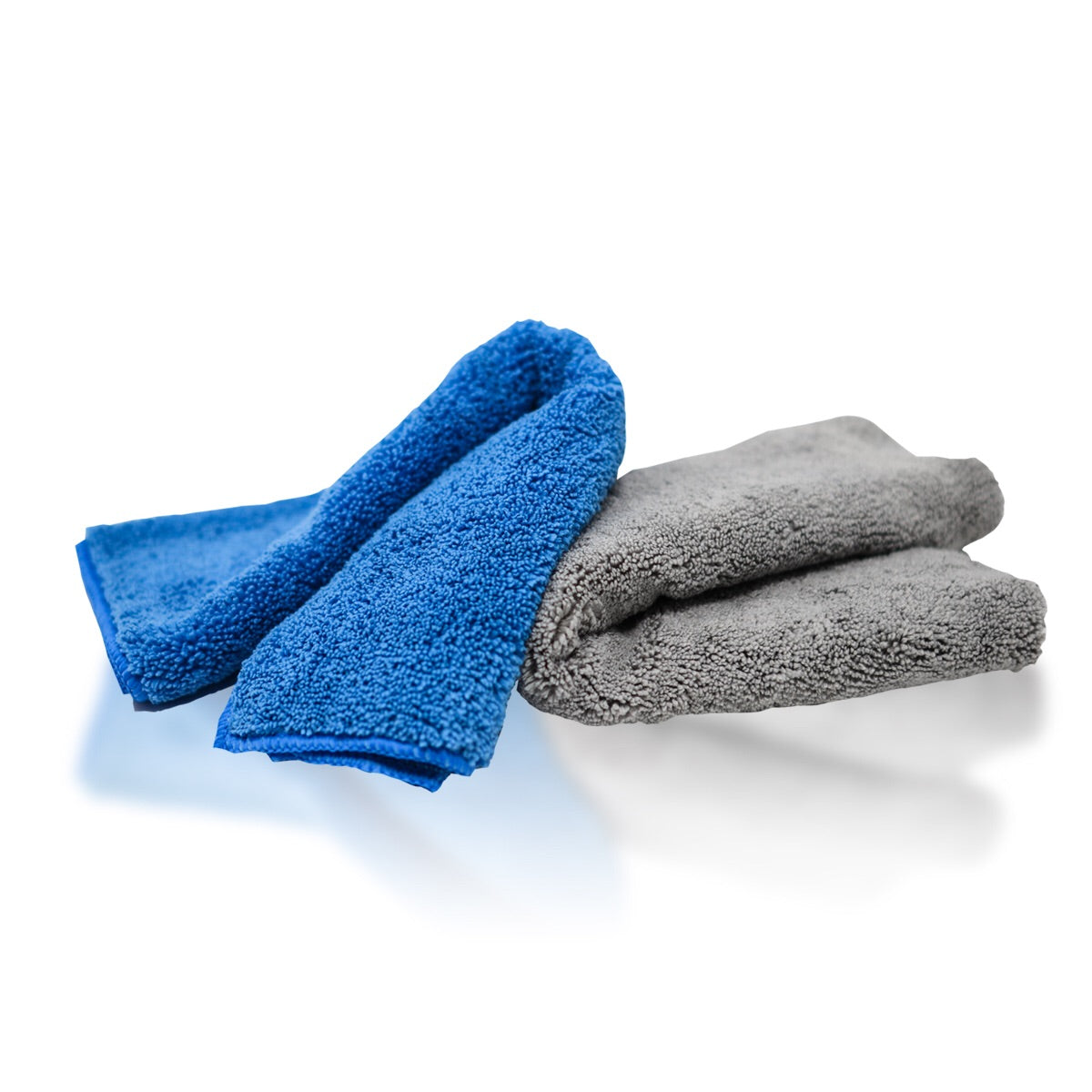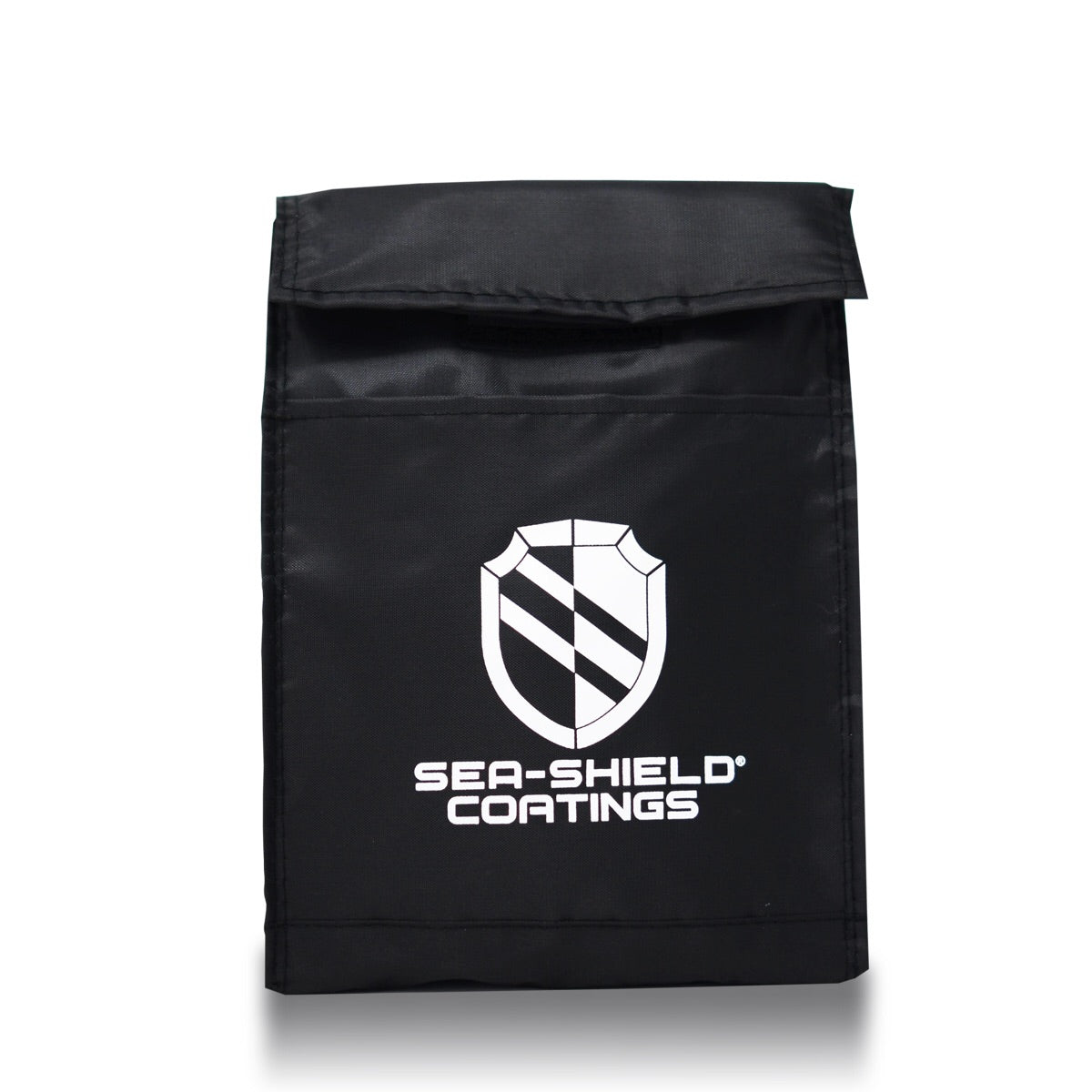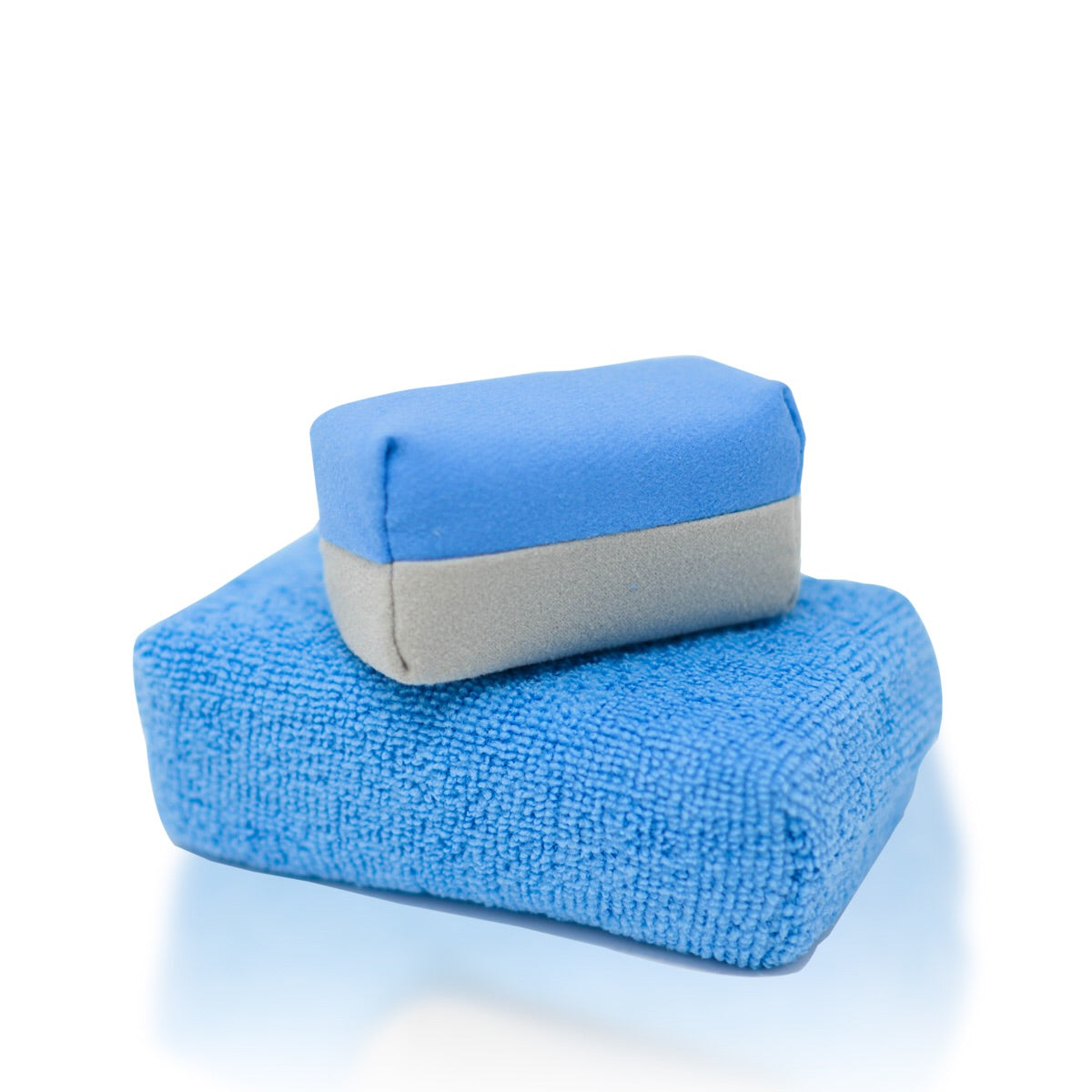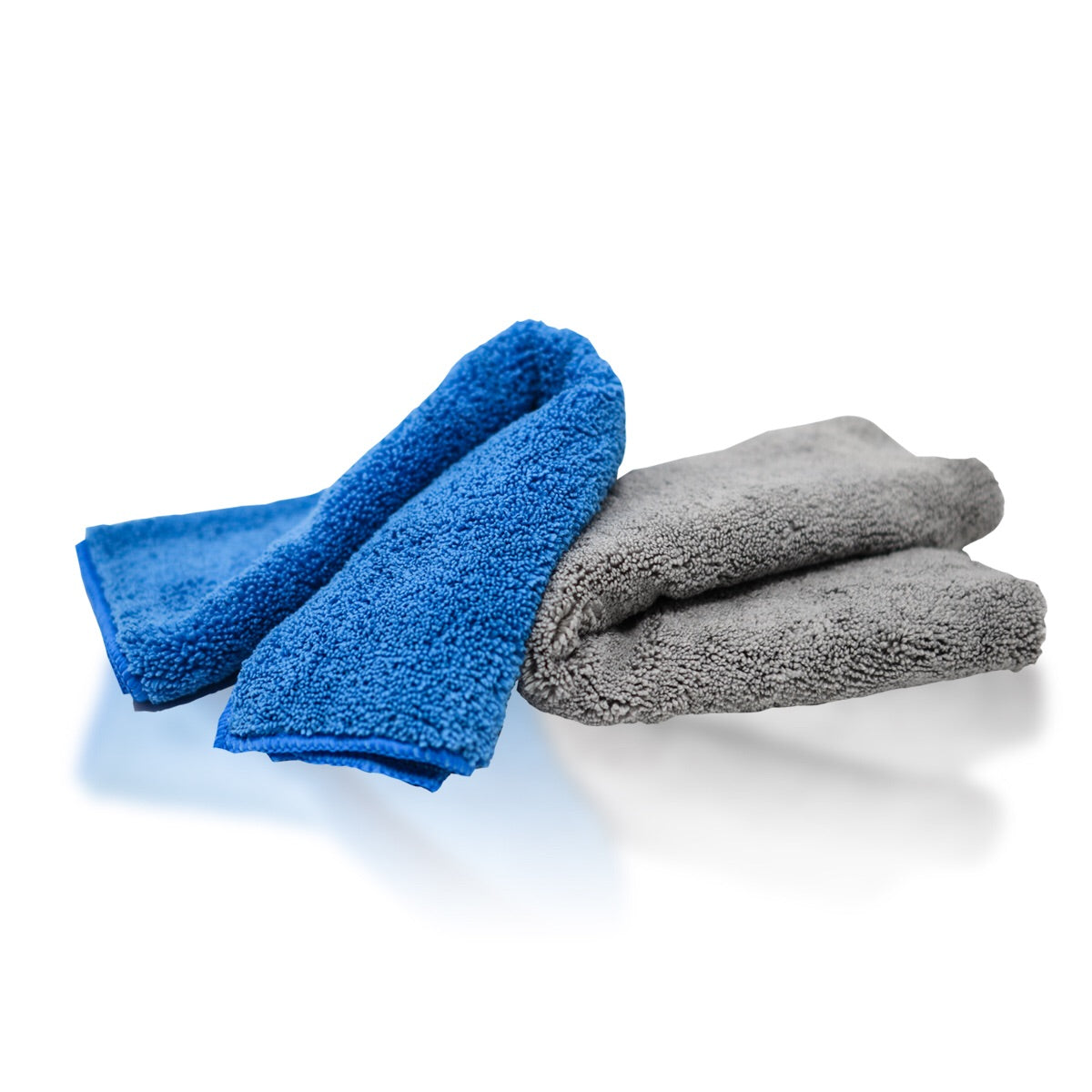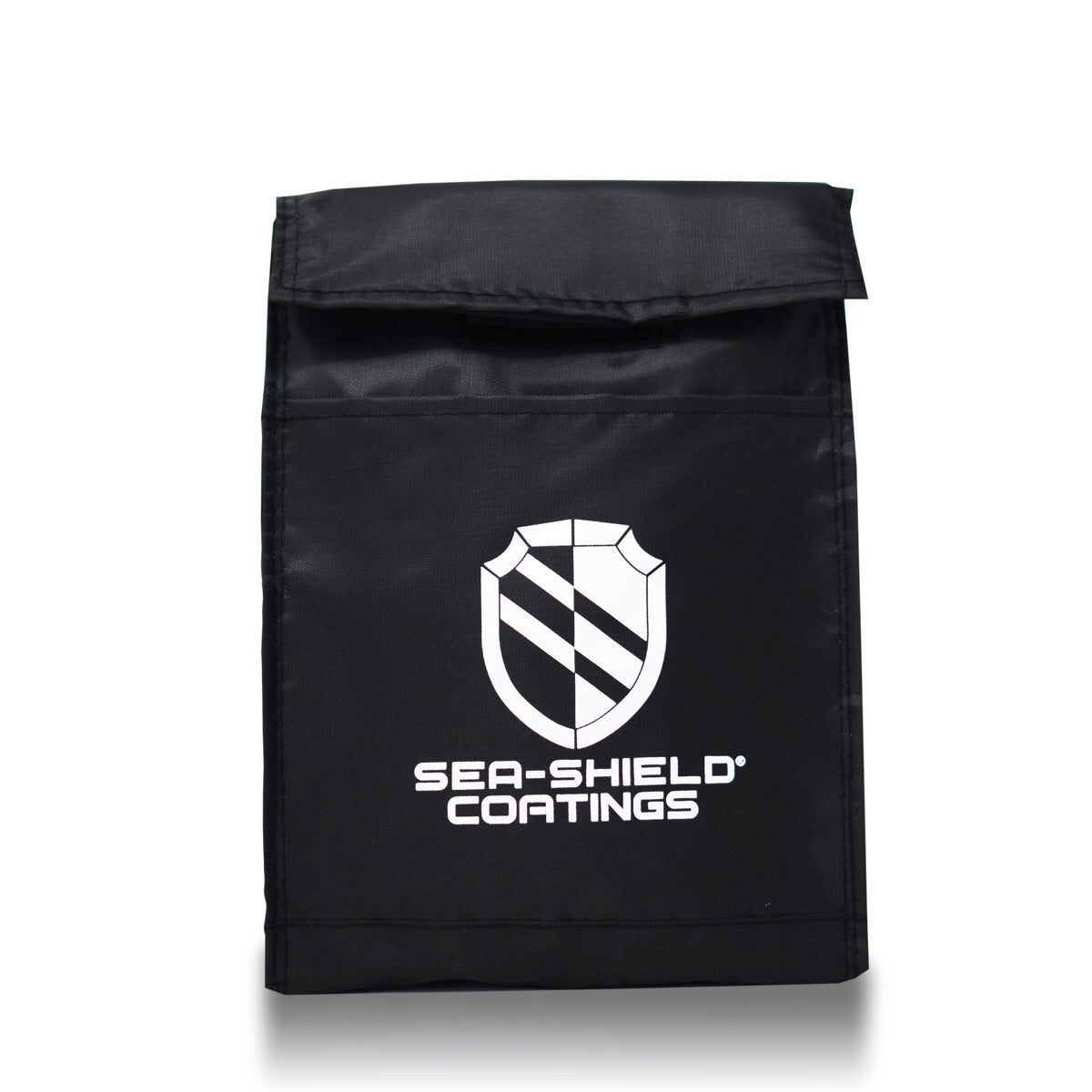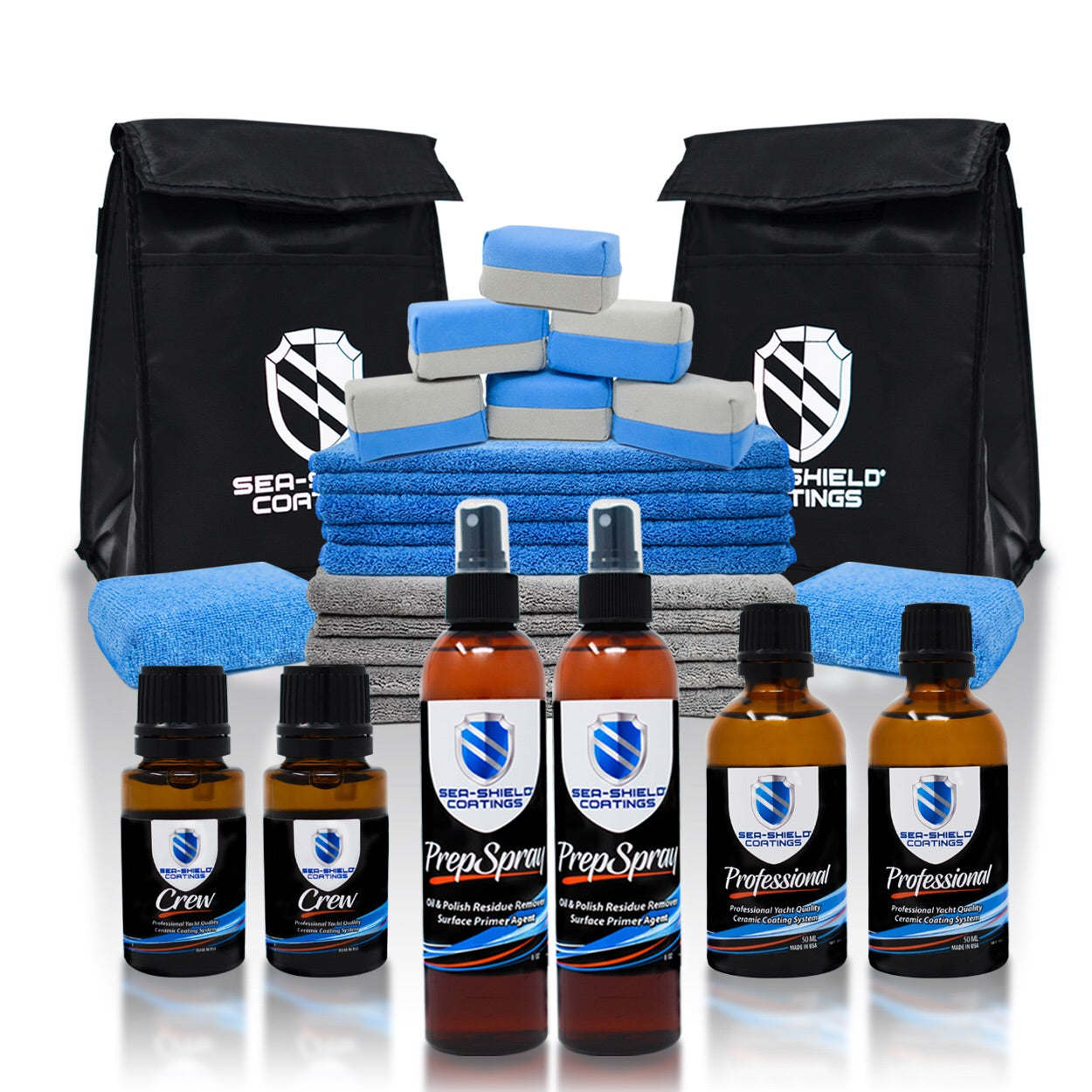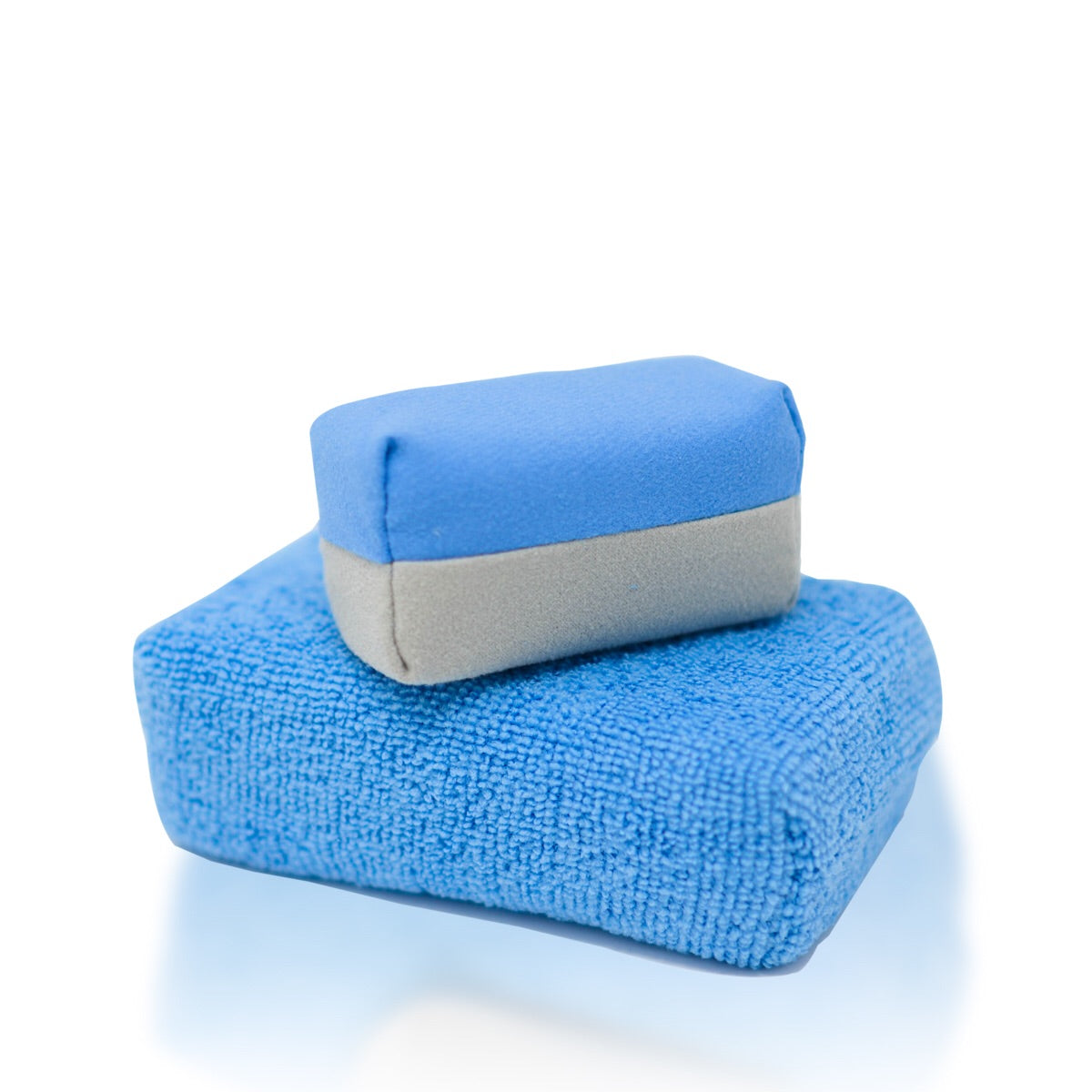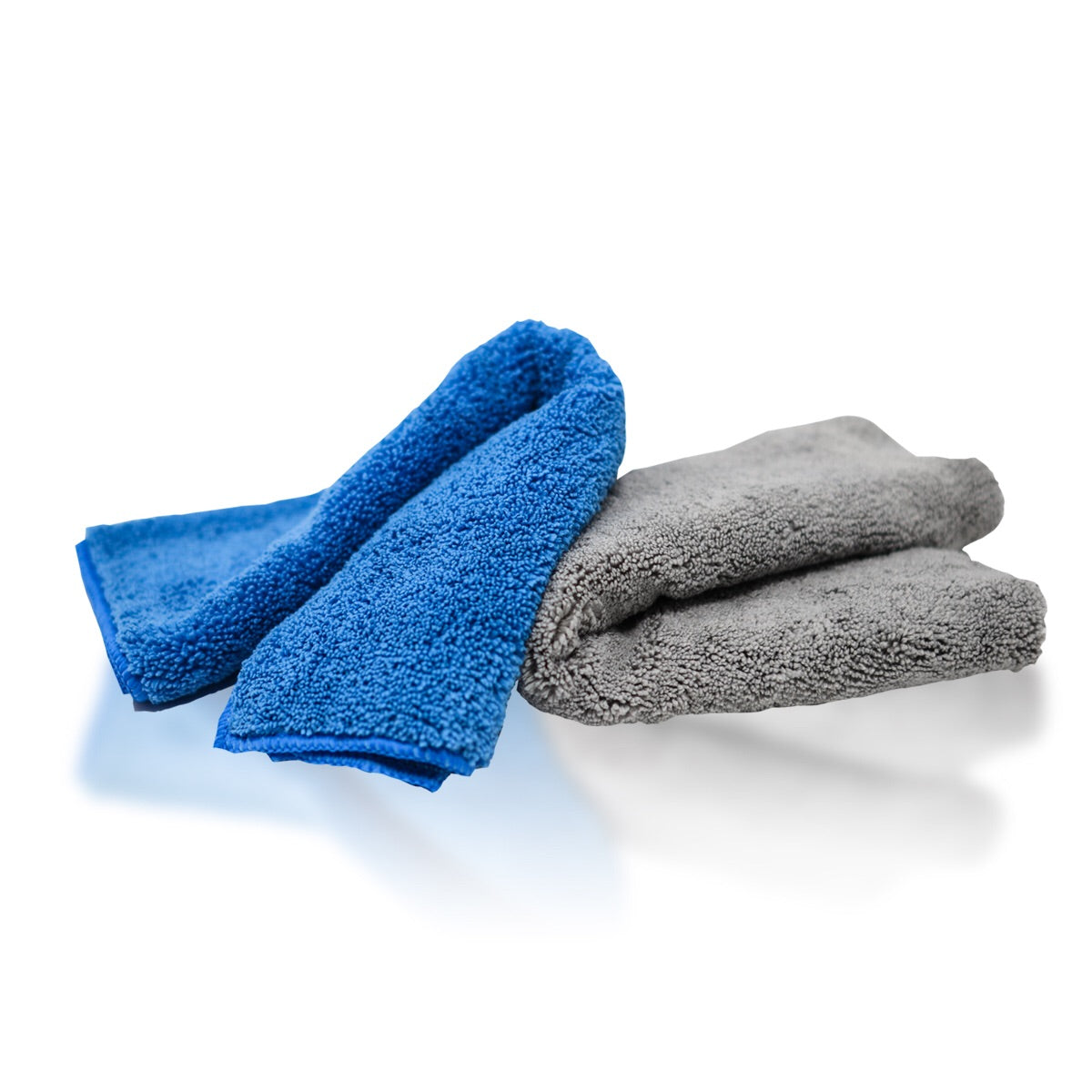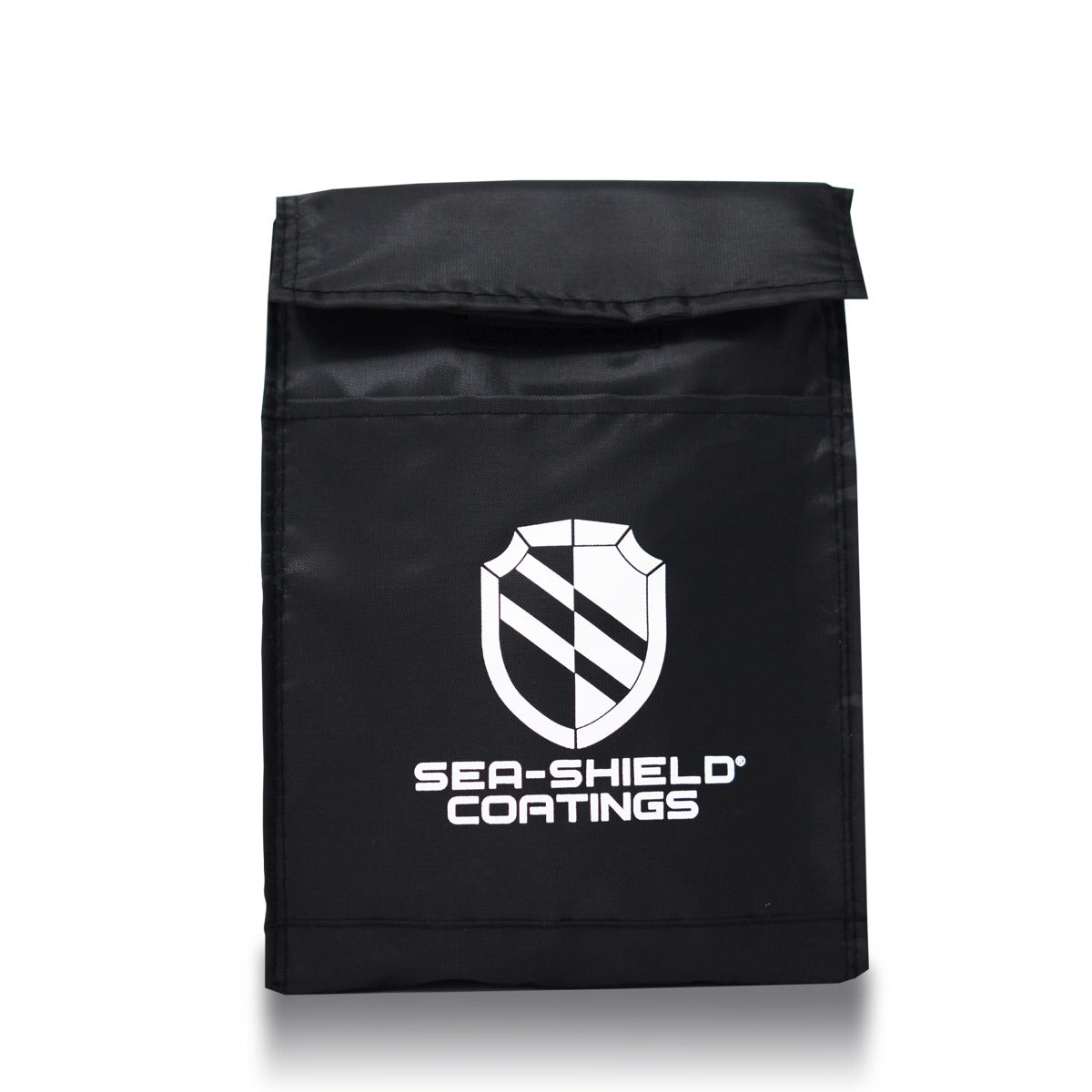If you put hours of polishing into your boat, but in the end, there are streaks and an uneven shine, did you achieve a perfect finish? (That is how it goes, right?)
A Makita polisher buffer works to restore your boat's shine, but technique matters just as much as the tool itself. Surface preparation, pad, and polish selection are aspects of the process toward achieving that smooth finish.
Get the Surface Ready
Use boat cleaning products that can be clean, dry, and safe for marines with a soft wash mitt. Start at the top and work your way down, rinsing often so soap doesn't dry on the surface.
After washing, dry it with a microfiber towel to prevent water spots from forming.
Polish and compound can stain non-gel coat surfaces, so use painter's tape to protect areas that do not need polishing, ensuring clean, defined edges for a professional finish.
Choose the Appropriate Pads and Compounds
When you see your boat's surface looks dull or faded, oxidation causes the problem. You need a cutting pad and a heavy-cut compound to remove the oxidation layer and restore the color's depth.
Use a wool or foam cutting pad to apply the compound in slow, overlapping passes. You'll notice the gel coat regains its vitality.
Use a marine-grade polishing pad to smooth scratches, enhance shine, restore clarity, and make surfaces slicker, promoting water beads and making maintenance easier.
Apply the Product
When using polish, you don't need to soak the pad. Instead, put a few drops on to avoid excess splatter and uneven coverage.
To ensure proper distribution of polish, spread it over the surface at a low speed before starting the polisher.
Now, work the polish into the gel coat. Speed up and make slow, overlapping passes to break down the polish.
Be careful and patient.
Important: The Makita polisher is for experienced detailers or professionals. To achieve the best results, follow the manufacturer’s recommendations for speed settings and specific instructions.
Check Your Work and Finish Up
After you polish a section, you'll see some leftover product on the surface. If you leave it too long, it can dry up and become hard to remove. With the aid of a clean, top-quality microfiber towel, wipe the surface. Use light circular motions to remove any haze without causing swirl marks.
A polished surface looks great, but without protection, it will lose its luster quickly due to oxidation, salt, and UV rays. To keep your work looking good, put on some marine-grade wax, which is used to shine and keep water away.
Conclusion
Getting a perfect finish with your Makita polisher buffer isn't hard, but you'll need to practice to get good at it.
Prepare the surface well and pick the right pads and products for your job. If you follow these steps, you'll end up with a smooth finish that stays looking good for a long time, every single time.

